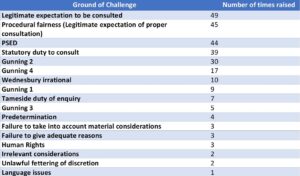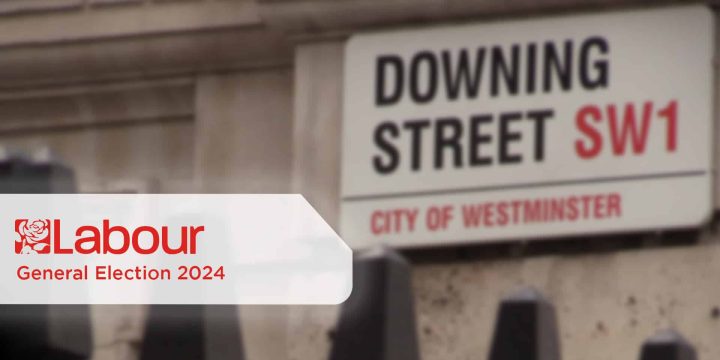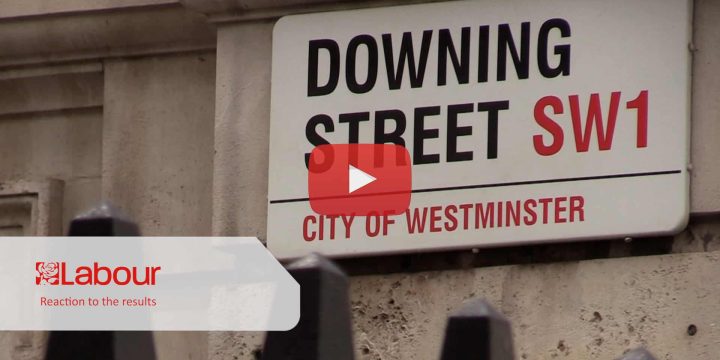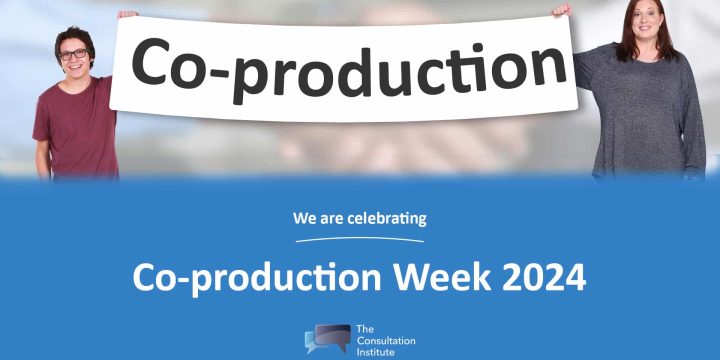News & Insights
But on what grounds? Why do people bring consultation judicial reviews?
Judicial review is one of the greatest fears of every decision-maker. The thought that a court might look at your processes and find them somehow wanting is understandably disconcerting and is (or should be!) an important factor in making sure that your consultations are done properly and in line with best practice. As the scope and depth of consultation law has expanded, JR has become a key tool in the campaigner’s arsenal to raise objections to new projects and controversial changes. So how are challengers using those tools? We thought we’d have a look.
Before we start with the detail, a few words on methodology. This is necessarily rough and should not be taken as anything more than a broad overview of the grounds upon which people bring consultation cases. The information was assembled from a brief review of all the consultation related legal judgments we have on record, records that cover over twenty years. Not all grounds that are in those cases are here because many are not related to consultation, either directly or indirectly. Many cases bring multiple grounds, and these are treated as separate grounds in the data.
The four most common consultation grounds will be little surprise to anyone who has been working in the field for a while. The first, appearing 49 times over all the case law, is complaints that claimants have not been consulted when they had a legitimate expectation to be consulted. This tends to be in circumstances where there is no statutory duty to consult, but a promise of consultation has been made, there is an established practice of consultation, or where it would be conspicuously unfair not to consult.
The second most common ground (and for reasons we will explain this is, in actuality, the top ground), is where there had been a breach of procedural fairness, which we might also characterise as the legitimate expectation of proper consultation. Sound familiar? It should. This encompasses everything about the idea that if you are doing a consultation, it must be done properly in accordance with the common law. Why do we say that in reality this is the most common ground? Simple. Because this is where the Gunning principle grounds will fall. For this research, where it was possible without doing a full analysis of the judgment (which would take quite a lot of time), we’ve separated out claims specifically brought on individual Gunning grounds, but adding them into this ground would collectively make it by far the most common challenge. It should also be noted too that many of the other grounds under this header will also be essentially Gunning grounds, albeit phrased irregularly.
One of the other things that has risen to the top of the consultation agenda in recent times is equalities something borne out by the fact that this is the third most frequent ground in consultation JRs. As our data goes back before 2010, this includes cases brought under previous equalities legislation. The vast majority of these cases are brought alleging breaches of the Public Sector Equality Duty from s.149 of the Equality Act 2010, but it also includes a few others, including for example, the Keppel NHS case which examined the s.14T duty to reduce healthcare inequalities in the NHS Act. This particular duty is one we’re expecting much more attention on in the near future.
Statutory duties to consult form the fourth most common ground, most often claimants alleging they were guaranteed consultation by statute or regulation (many NHS cases come in here) and no consultation took place. This header also includes cases where legislation specified specific methods of consultation, or some other criteria were allegedly unfulfilled. Environmental cases, which we have in recent years seen a significant increase in, tend to also fall under this category- though as many of these cases were brought under EU directives and regulations, it will be interesting to see if this trend continues under the new framework of the Environment Bill.
Of the Gunning grounds, probably the most well-known and prominent elements of the law of consultation, the most frequent is Gunning 2, the duty to give ‘sufficient information to give intelligent consideration’. Complaints that consultees have not been given enough information to adequately comment have been a consistent issue over the last twenty years, although the precise complaint has varied somewhat. In the early days it was often that a consultor had omitted key facts directly related to the subject matter, but increasingly we have seen complaints about options development processes being raised here- that consultors have not released key information about how they arrived at their options.
Although our data set is probably a little incomplete, and the analysis here was ‘quick and dirty’, it does give an interesting little overview of the causes of consultation related judicial reviews, and reiterates the importance of getting it right at every stage of the process. The law is just half the story though- a consultation may be lawful, but still not be good. So how do you make sure you’re not just operating lawfully, but in line with best practice?
The Institute currently offers two online courses on the Law of Consultation. In addition to the e-learning course the Law of Consultation, we also offer a course with a trainer, Best Practice Approaches to Lawful Consultation. On 21st July, in the last Wednesday Wisdom webinar, Stephen Hill will take attendees through the key cases from the first half of 2021, including cases on temporary NHS changes and Low Traffic Neighbourhoods. Wednesday Wisdoms are free for members.




